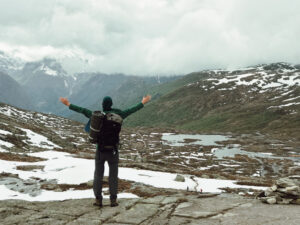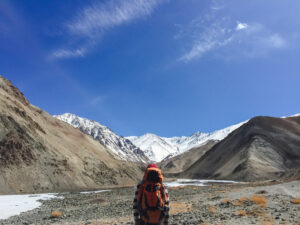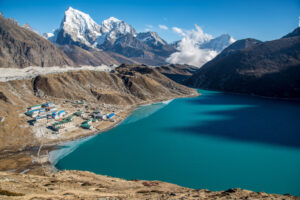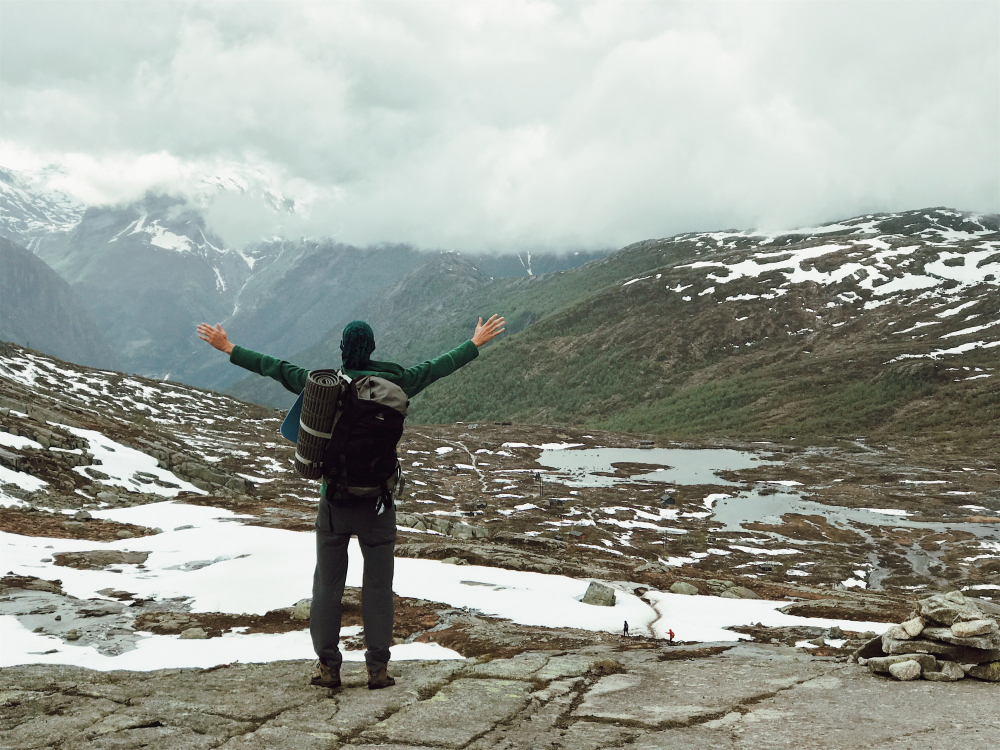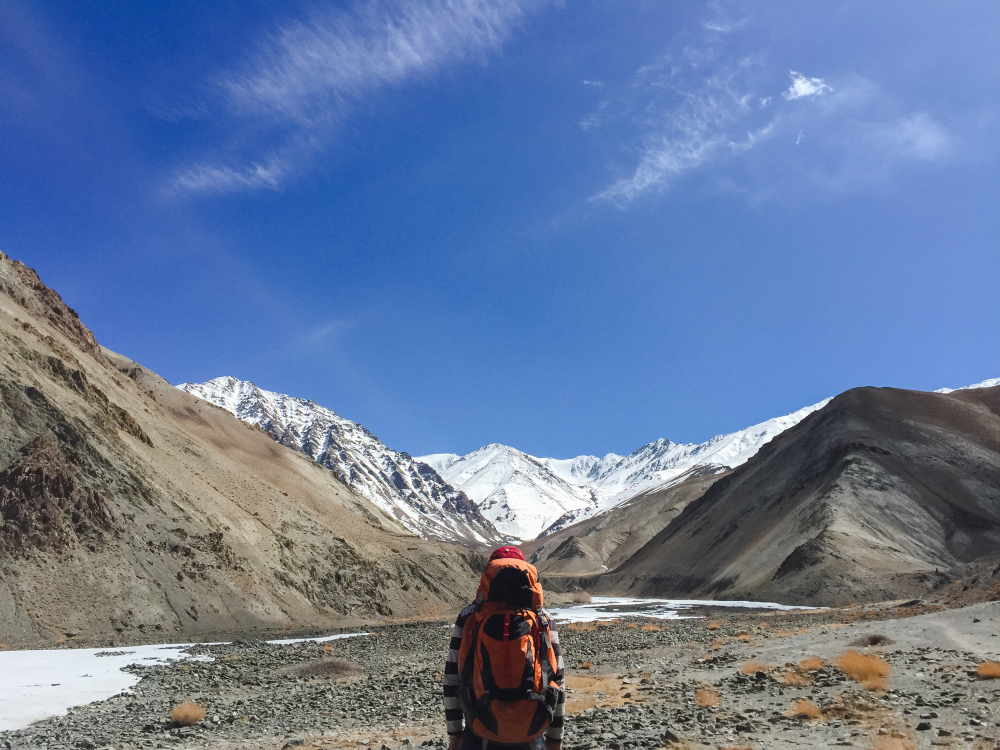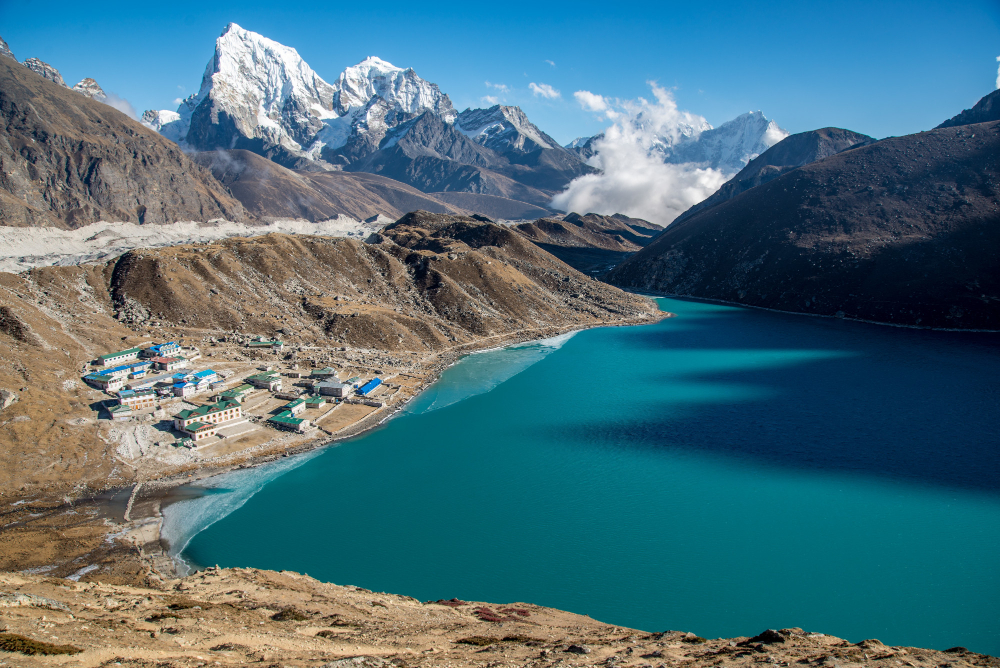Sarah thought she was prepared for Tibet until altitude sickness hit at 4,500 meters with a cheap backpack that couldn’t carry her emergency oxygen. Here’s the life-saving gear checklist that separates successful Tibet adventures from medical emergencies.
The Non-Negotiable Safety Trio
Down Jacket (-15°F Rating): Tibet’s temperature drops from 25°C to -10°C within hours. A three-season mummy-style down bag rated to 10-15°F prevents hypothermia during overnight stays at Everest Base Camp.
Professional Hiking Boots: Rocky terrain at 3,650+ meters elevation demands boots one size larger than normal to accommodate altitude swelling. Cheap sneakers cause injuries that end trips prematurely.
High-Capacity Backpack (50L Maximum): Choose lightweight models with cushioned waist belts and thick shoulder straps for comfort during long treks. Include waterproof covers for monsoon season protection.
Medical Emergency Kit Essentials
Pack Diamox for altitude sickness, paracetamol for headaches, and water purification tablets. Medical support is scarce in remote areas, making preparation literally life-saving.
Weather Protection Gear
Tibet’s UV radiation at high altitude burns skin in minutes. Pack sunglasses with UV protection, sunscreen SPF 50+, and rain gear for July-August monsoons.
Electronics and Documentation
Bring extra batteries (cold weather drains power quickly), headlamp with spare bulbs, and waterproof pouches for passport and permits.
